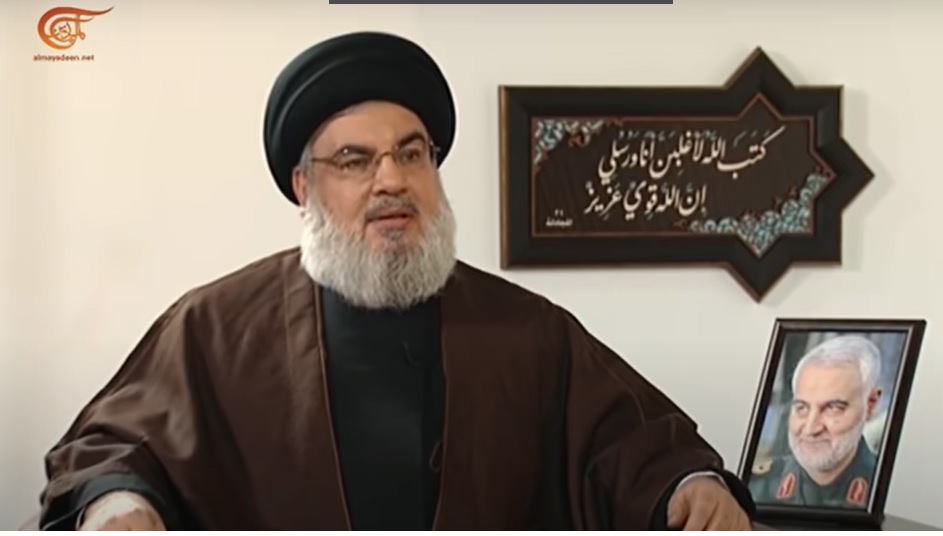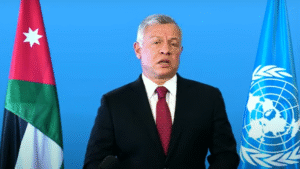In the recent conflict in the Gaza Strip, Hezbollah’s support for Hamas against Israel was limited, reflecting a reluctance to jeopardize its own interests.
Hamas officials openly criticized Hezbollah for not engaging in a more comprehensive war against Israel, emphasizing the need for a united front in the face of shared adversaries.
Approximately three weeks after the outbreak of the conflict on October 7, Khaled Mashal, a senior Hamas official, publicly chastised Hezbollah for its restrained approach, stating that such actions do not align with the historical imperatives of the Palestinian cause.
As Israeli military pressure intensified on Hamas, the critique of Hezbollah was revived.
In a January 15 interview with the Saudi channel “A-Sharq,” Hamas officials claimed that Hezbollah was caught off guard by the timing of the October 7 attack, even though there were purported secret plans for joint action.
Allegedly, the intention was to launch coordinated attacks from the south and north, with auxiliary forces entering from Syria to disrupt Israeli activities and force a withdrawal from the West Bank up to the 1967 borders, including East Jerusalem.
Hezbollah’s decision to engage more forcefully was attributed to the perceived gaps in Israel’s security, a conclusion drawn from the events of Operation “Guardian of the Walls” in May 2021.
The realization that military gains could be achieved through ground and rocket attacks, backed by Hezbollah’s precision missiles on strategic Israeli sites, prompted the planned offensive.
However, the lack of coordination with Hezbollah on the October 7 attack surprised the group.
Hamas officials suggested that Hezbollah’s decision to participate symbolically in the conflict was influenced by U.S. military support for Israel.
Faced with potential destruction, Hezbollah opted for a cautious approach and preferred withdrawal.
Hamas criticized Hezbollah for its reluctance, attributing it to concerns about U.S. military presence and potential damage to Lebanon.
While Hezbollah engaged in limited clashes with the Israeli Defense Forces in southern Lebanon, Hamas expressed greater appreciation for the Houthis in Yemen, who, despite the geographical distance, actively challenged Israel through economic blockades and attacks on merchant ships.
Further strain emerged with Hamas accusing Hezbollah of security lapses in Beirut’s al-Dahiya neighborhood, leading to the elimination of senior Hamas leader Saleh al-Arouri by Israeli forces.
Hamas argued that Hezbollah did not adequately safeguard Arouri’s life.
These disputes may signal the beginning of a rift between the two organizations.
If Israel succeeds in destabilizing Hamas in the coming months, Hamas could hold Hezbollah responsible.
Although Hezbollah possesses superior military capabilities, its reluctance to engage in an all-out conflict with Israel, stemming from lessons learned in the Second Lebanon War, remains a point of contention.
In conclusion, the differing priorities and strategies of Hamas and Hezbollah have strained their relationship, raising questions about the extent of their collaboration against common adversaries.
The dynamics between these two influential groups continue to evolve, influenced by regional developments and their individual assessments of the geopolitical landscape.




